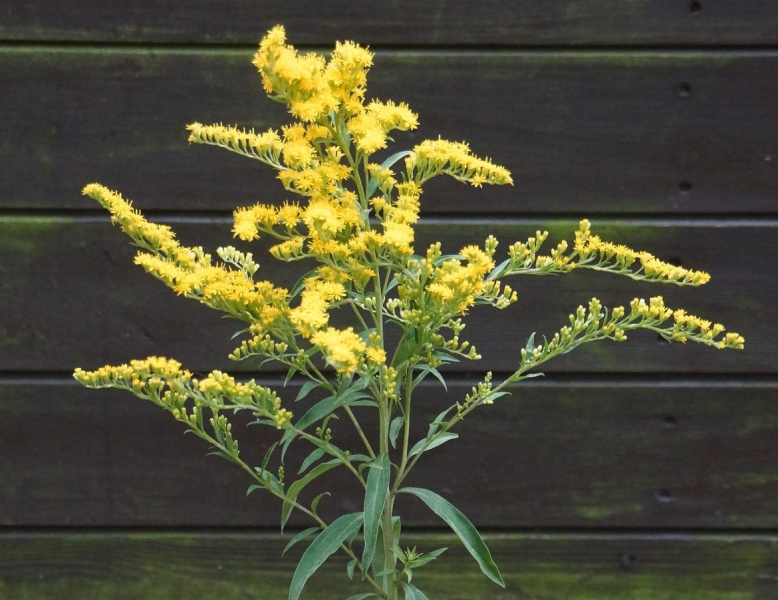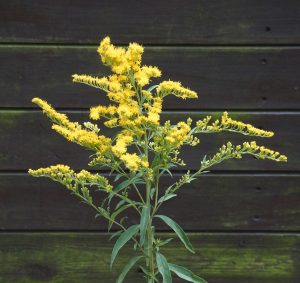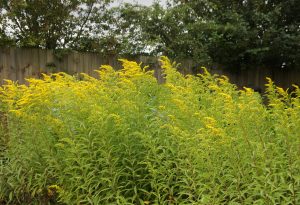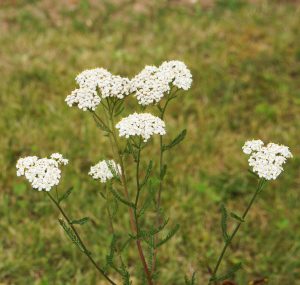
NATURAL DYEING WITH GOLDENROD
| 27th July 2020GOLDENROD
(Solidago spp)
Goldenrod provide nectar for migrating butterflies and bees, They look very attractive and make a very useful yellow or green dye.
This cheerful plant owes its genus name “solidago” to the Latin “solidare” meaning to make whole as it has been a staple in the medicine cabinet of Native American Indians for millennia.
Goldenrod is a late bloomer, flowering in late summer through to autumn with stunning yellow flowers.

A popular myth about goldenrod is that is causes hay fever – this is incorrect. The real culprit for the masses of airborne pollen that affect many people is ragwort which blossoms at the same time as goldenrod which has heavy pollen and is pollinated by insects – not the wind.
It is an excellent introduction to natural dyeing as it is really easy to use and gives lovely results which although not quite as colourfast as weld still has good colourfast qualities.
As a natural dye goldenrod is best used fresh – however, it still yields a good colour when dried – but a little duller.

For all these reasons goldenrod deserves a place an every dye garden.
Goldenrod seeds available on our website from October.
YARROW
(Achillea millefolium)
Yarrow is an herbaceous flowering perennial and another plant worthy of a place in the dye garden. It has a soft feathery fern-like foliage and forms flat heads of white flowers and yields a lovely yellow dye.
It is a very easy plant to care for. It requires to be cut back in the autumn and divided every four years.
Its flowers attract many beneficial insects including ladybird and parasitic wasps. Ants dislike the smell and crushed leaves can be used as a deterrent.
It has been used as a medicinal herb for thousands of years offering many health benefits.
I reserve a place in my garden for yarrow as it has good colourfastness with an alum mordant. It contains luteolin which is the same dye compound found in weld.
Harvest the flower heads from summer to autumn. Simmering the flower heads alone will yield a yellow dye. An iron modifier or afterbath will give beautiful olive-green shades.
Colours will be stronger on protein fibres. Used on cellulose fibres colours will be paler.
Yarrow seeds available on our website from October



